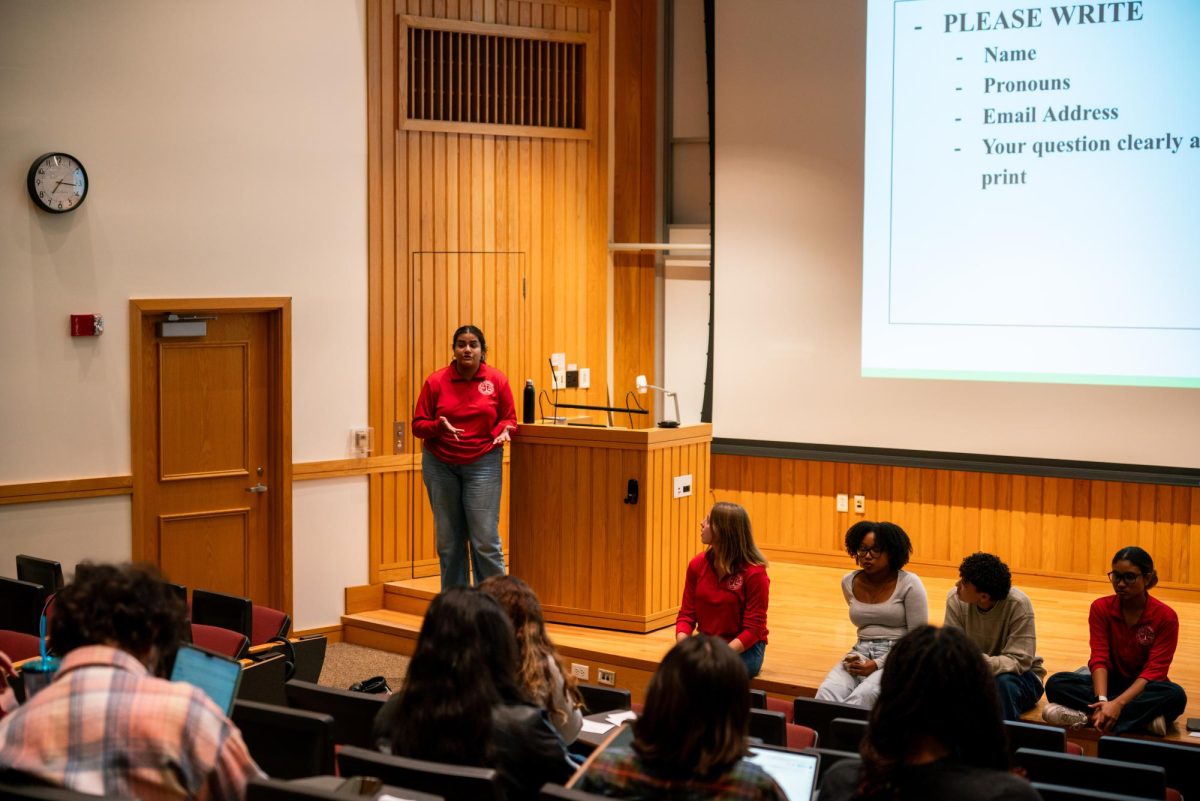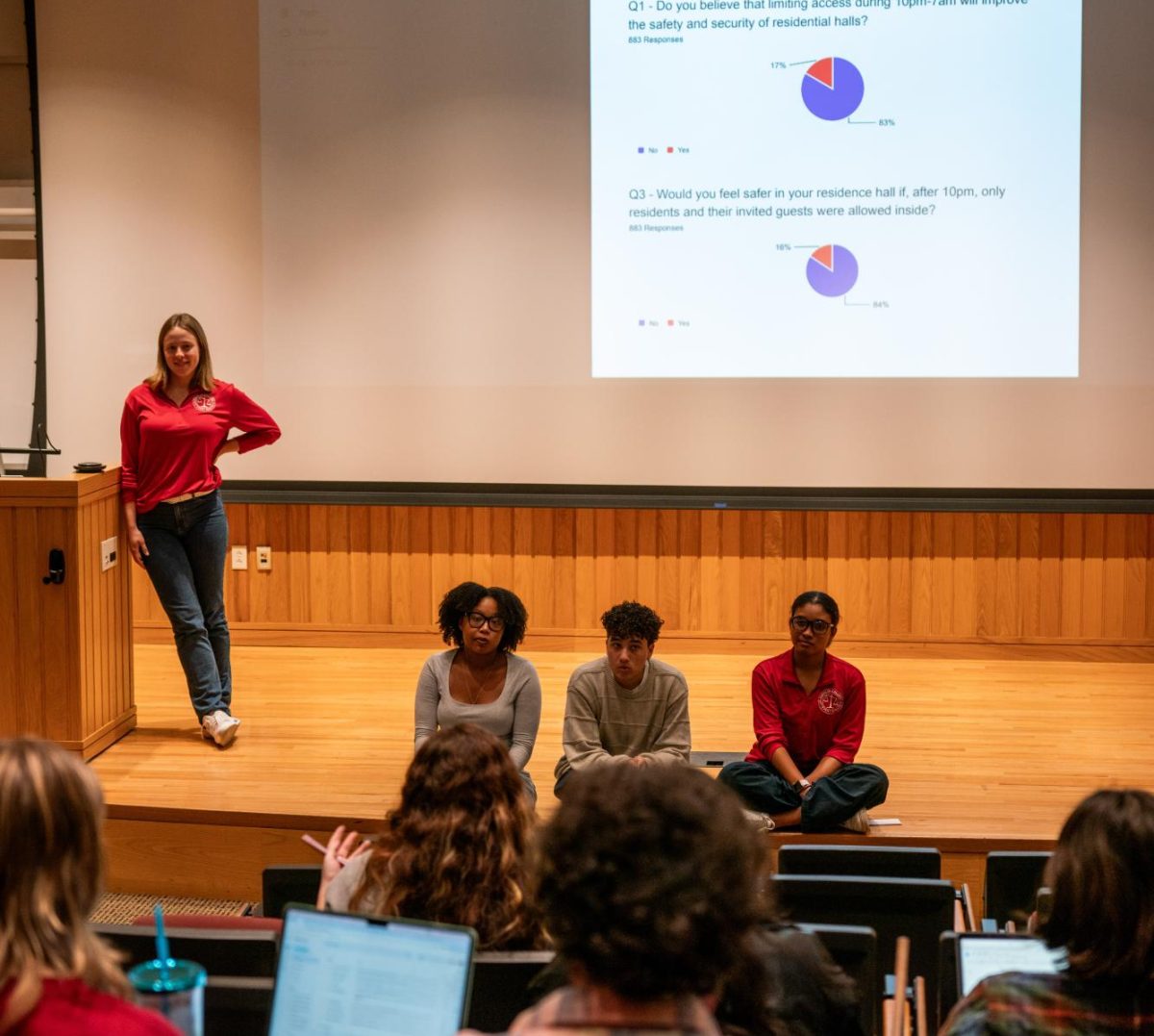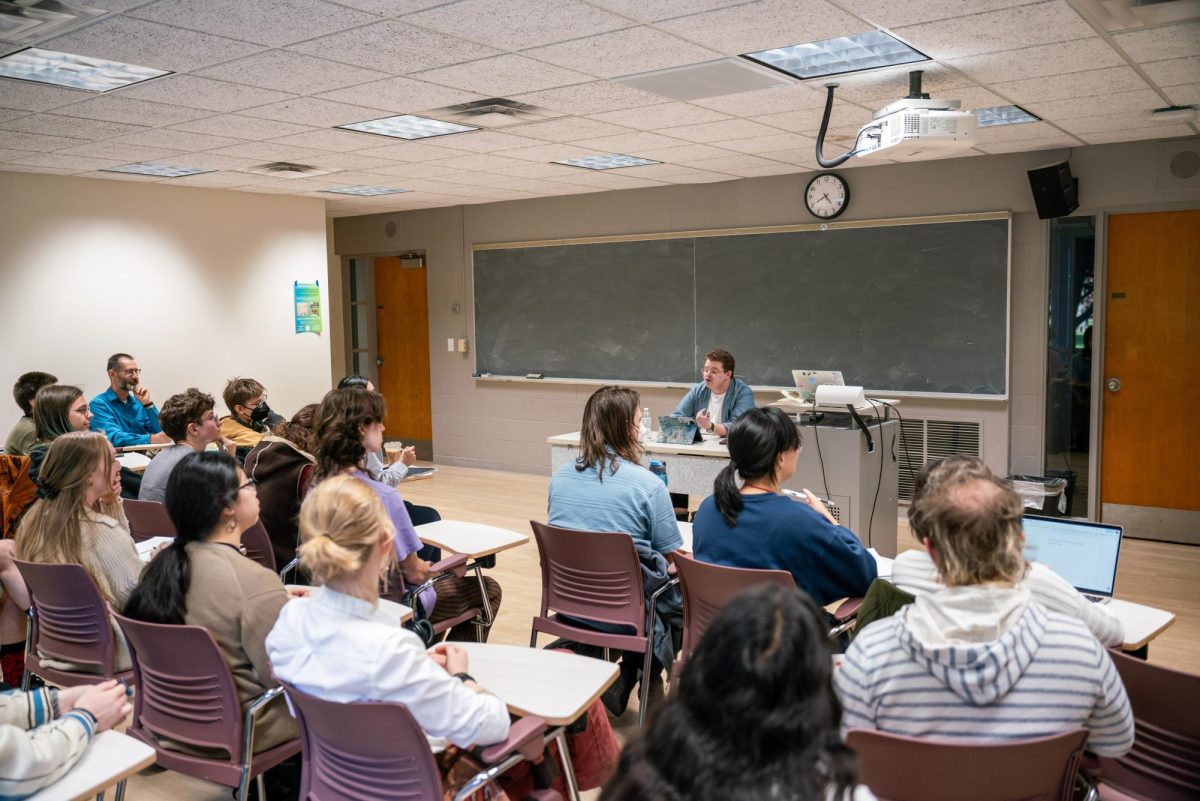Administrative Bloat Evades Real Issue
April 14, 2017
The General Faculty Committee considered recommendations for implementation from the Strategic Plan Implementation Committee for Diversity, Equity and Inclusion working group today, including a suggestion to create a new “Chief Diversity Officer” administrative position. Though well intentioned, adding yet another six-figure administrative job seems like a roundabout way of handling the College’s diversity issues that would ultimately prove ineffective.
SPIDIE’s logic follows that Oberlin has previously experimented with creating leadership roles that address compositional diversity like a special assistant to the president for Diversity, Equity and Inclusion and should continue to do so. Seeking to expand the responsibilities of this role, the plan says that SPIDIE “intends to continue this conversation by reviewing models for staffing a Chief Diversity Officer position to serve as a point person for campus leadership.”
Drawing on comparisons to peer institutions, SPIDIE also writes that these positions are becoming increasingly common in higher education and share several “important features,” including: “an individual is a member of the President’s senior staff, has significant oversight of resources and the authority to shape institutional policy, and is well supported by the administrative infrastructure.”
The question is not so much about whether achieving greater diversity is imperative in higher education — it is — but rather: Does administrative bloat and the addition of positions with fancy titles actually prove effective at the end of the day? Kenyon College, a frequently invoked example when considering Oberlin’s own model, has an entire office with administrators whose chief responsibilities include those similar to what SPIDIE outlined in its suggestions. There is an associate provost for Diversity, Equity & Inclusion, an associate dean of Students/ director of Diversity, Equity & Inclusion, and multiple other supporting positions. Yet a New York Times report shows that Kenyon’s student body has more students from the top 1 percent than the bottom 60 percent — 19.8 percent from the top 1 percent versus only 12.2 percent from the bottom 60, putting it in the top-eight worst schools in terms of the student body’s wealth distribution (“Some Colleges Have More Students From the Top 1 Percent Than the Bottom 60,” The New York Times, Jan. 17). The school is also roughly 78-percent white.
Among the plan’s other admirable ambitions, such as strategies to address the North-South campus divide and setting benchmarks and reporting outcomes related to equity, diversity and inclusion, the suggestion of adding an administrative position seems devoid of a national context for the actual effectiveness of this kind of role. Perhaps a more sustainable and effective model for increasing compositional diversity at Oberlin, if it is truly the institution’s foremost goal in line with our “progressive” legacy, lies in the adoption of a need-blind admissions policy and a financial-model overhaul, not another administrator.
Consider the ways in which Vassar College, another small liberal arts college that bears many resemblances to Oberlin, has been so successful in its mission to increase diversity. In former Vassar President Catharine Bond Hill’s tenure, which ended last summer, the following changes took place: “The college’s financial aid budget has more than doubled to over $60 million; about 60 percent of current students receive some scholarship aid. Nearly a quarter of Vassar’s current first-year students are eligible for a Pell grant, which is available to students whose annual family income is $40,000 or less. The percentage of American students of color has risen to 33 percent from 20 percent. And Vassar has gone from having few first-generation college students to enrolling from 75 to 100 (out of about 660) in recent freshman classes” (“Some Colleges Have More Students From the Top 1 Percent Than the Bottom 60,” The New York Times, Jan. 17).
The unsustainable price of higher education is no secret to those in the industry, from students and their families to the administrators who make budgetary decisions. The issue certainly doesn’t have an easy fix; but there are sacrifices that come with prioritizing diversity and adding yet another administrative salary to the budget will certainly not alleviate our financial woes or make more funds available for financial aid. Two of the most important administrative positions at the College are currently hiring: the President and the Vice President for Finance and Administration, currently held by interim Alan Norton. Perhaps incoming administrators will consider large-scale, long-run changes like Vassar’s to truly uphold Oberlin’s mission statement of “recruiting a culturally, economically, geographically, and racially diverse group of students.”


















